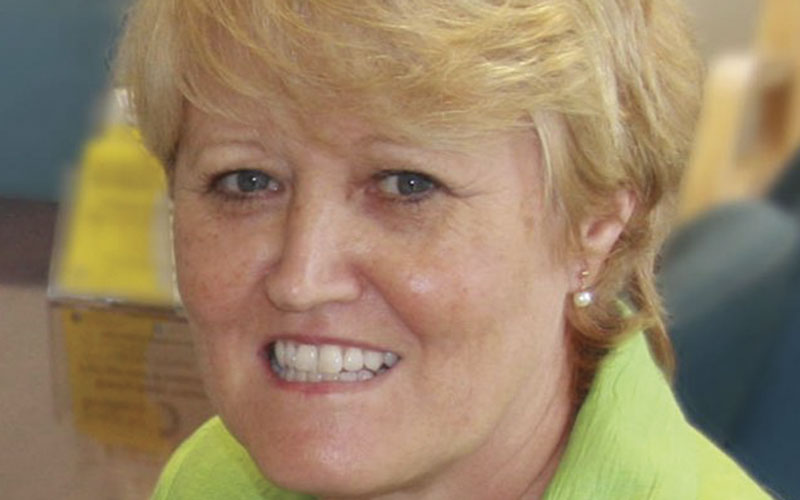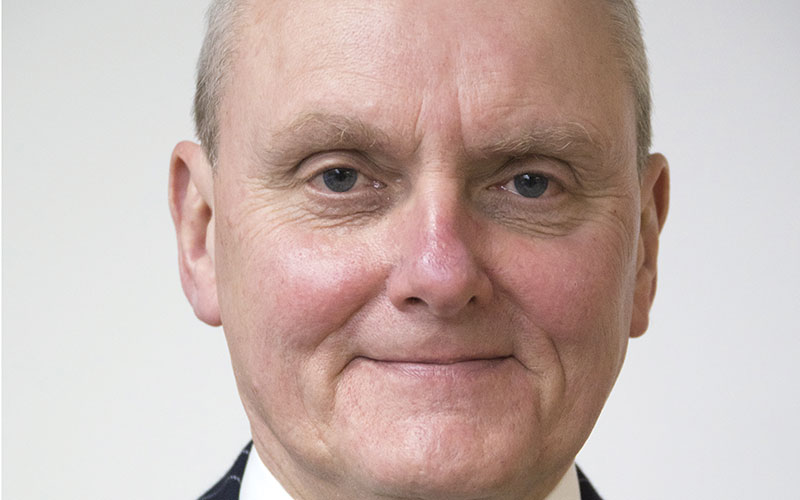Three professionals discuss whether or not the NHS is falling behind the technology curve.

 Jamie West
Jamie West

Deputy Head Biomedical Scientist, Clinical Biochemistry and Immunology
North West Anglia NHS Foundation Trust
It’s an easy accusation to make to say that, given its scale and complexity, the NHS is a slow-moving oil tanker, resistant to change. There are cases where the NHS has been slow to adopt new technologies and innovations
and there is (rightly) pressure from the public to implement improvements in a timely manner.
I have a more optimistic view of the NHS’ position, particularly in pathology. At a minimum, our quality management system mandates that we have the technologies required to meet the needs of our service users. This helps ensure that, in the vast majority of cases, outdated systems are identified as a risk to be addressed.
In addition, we’ve seen a number of new tests (and improvements in the use of existing tests) within the NHS over the last 10 years.
The UK and Europe have been quicker to adopt high sensitivity assays for cardiac troponins, for example, and there are a growing number of examples of pathology tests being adopted as low-risk, low-cost interventions to identify patients who may require further higher-risk or higher-cost interventions.
We appear to have got better at asking the right questions, focusing on patient journeys and outcomes, looking at the impact we can have across the whole health economy. If we continue this approach, pathology can lead technology-based improvement.
 Dame Sue Hill
Dame Sue Hill

Chief Scientific Officer for England
NHS England
Keeping up with the pace of technological advance is a challenge for all health systems around the world, but an area where the NHS is justifiably proud of being at the cutting-edge of new technologies and driving wholesale adoption.
This is exemplified by the pioneering use of whole genome sequencing in routine care, through the NHS contribution to the 100,000 Genomes Project – followed by the comprehensive uptake of all genomic technologies across the entire country through the creation of the NHS Genomic Medicine Service (GMS) with its National Genomic Test Directory. These are recognised as world-leading initiatives and the NHS GMS is committed to keeping up with the curve by annually updating the test directory as the evidence for new technologies develops.
In recent months we’ve seen the first patients treated in an NHS high-energy proton beam centre, and the first young cancer patients in Europe to receive personalised CAR-T treatment as part of a regular service. The partnerships at Moorfields Eye Hospital have made great strides in data science, showing how artificial intelligence and machine learning can deliver for patient and service benefit. This area will only continue to grow with substantial investment through the Government’s Life Sciences Industrial Strategy.
There will always be more work to do, but there are now the mechanisms and the models to demonstrate that rapid adoption at scale and pace can be achieved.
 Robert Simpson
Robert Simpson

Hon. Treasurer and Council member
Institute of Biomedical Science
Overall, I don’t think the NHS is behind the curve, it’s a never ending race to keep pace though. Biomedical scientists and our clinical and managerial colleagues are sensibly risk averse, wanting to see that new technology is safe, reliable, clinically effective and cost efficient. The National Institute for Clinical Excellence has developed a technology assessment process which looks at the clinical and economic evidence for adoption. The public must also be confident about new technology in healthcare, which can take time. Sometimes there is a public clamour to adopt, for example proton beam therapy, sometimes there is caution and concern.
Pathology has adopted various mass spectrometry and molecular techniques for a range of analytical work in recent years, just two examples of the introduction of new technology into laboratories. Pathology is using innovations in IT technology in the laboratory, NHS Digital is collaborating with pathology professionals to develop new pathology information standards and a messaging system to support complex analysis of pathology and other clinical data to aid clinical decision making. More generally the 100,000 Genomes Project is cutting edge.
I prefer to think of technology adoption as a conveyor belt, new technologies come on at one end and old ones drop off at the other, which leads me to ask how good is the NHS at stopping using old technology? Perhaps that’s a future “big question”.
Image credit | iStock
